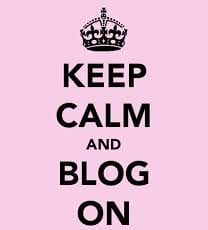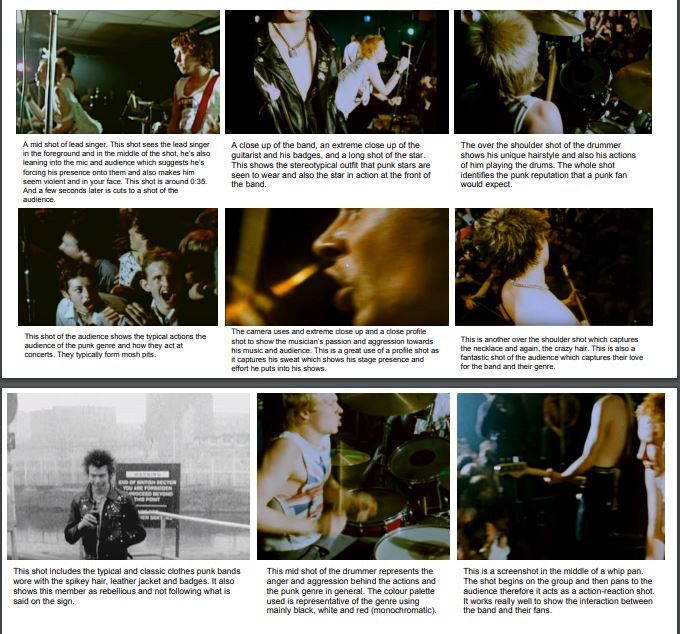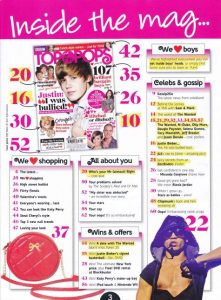IT’S ALL ABOUT THE STAR IMAGE!
How the star/band/performer is represented in your video and on the digipak and website is crucial in constructing the values, attitudes and beliefs of the artist in the mind of the target audience.
REPRESENTATION, AUDIENCE AND OWNERSHIP ARE COMPLETELY INTERTWINED CONCEPTS!
WHAT IS THE INSTITUTIONAL PURPOSE OF A MUSIC VIDEO?
Music videos are made primarily to promote the star, in order to sell their music, in order to make money…well mostly!
They are also constructed to construct a set of desires in the target audience to be like them, think like them, love what they love, be involved in their lives & buy what they suggest.
There are huge synergies between marketing and star image! We don’t just buy a product we also buy into the values of the star image and in purchasing their product emulate them. Media representations of the star image is crucial in terms of raising an audience awareness.
STARS SHOULD BE STUDIED AND ANALYSED LIKE ANY OTHER TEXT!
They are essentially walking talking brands, who use their branding to advertise, publicise and sell to fans. Stars have to remain constantly interesting to keep the fans intrigued – the star image evolves and is constantly reinvented by media companies! In fact Stars could be seen as its own special kind of ‘species’.
RICHARD DYER

Richard Dyer Handout
Richard Dyer is a theorist you need to learn about. He came up with some concepts about how ‘star image’ works in the media. The link to the concepts booklet is in the menu at the top of the blog. Find it, add it to your drive, print it, LEARN IT!
TASK
CREATE A ONLINE CONCEPT BOARD IN PINTEREST/GOMOODBOARD STAR IMAGE (you can use any other collage app of your choice but you must be able to annotate the images you upload to it).
Your task is to take the ‘star’ (performer, duet, band, group…) you analysed when you did the genre analysis and create a ‘concept board’ on how they are ‘represented‘.
Find examples of news stories, incidents, events, digipak covers, music videos, articles, blogs, tweets that all contribute to their ‘star image’. The way they are represented is called their ‘metanarrative‘ (over arching story about them).
And remember, just as you do in your TV drama analysis – you must add ADJECTIVES to how they appear through that particular event, story, picture etc. You can do this task as a group but must all equally contribute to the page.
This is a link to an excellent example. You should have at least 15 – 20 images and comments.





